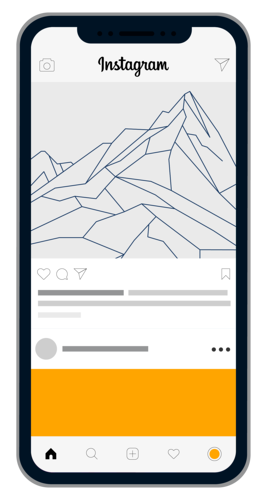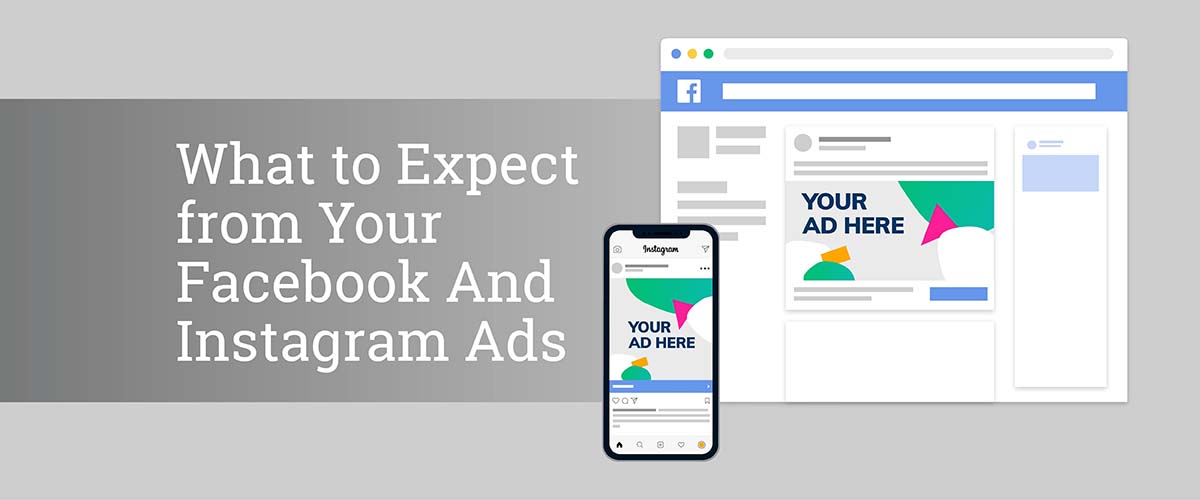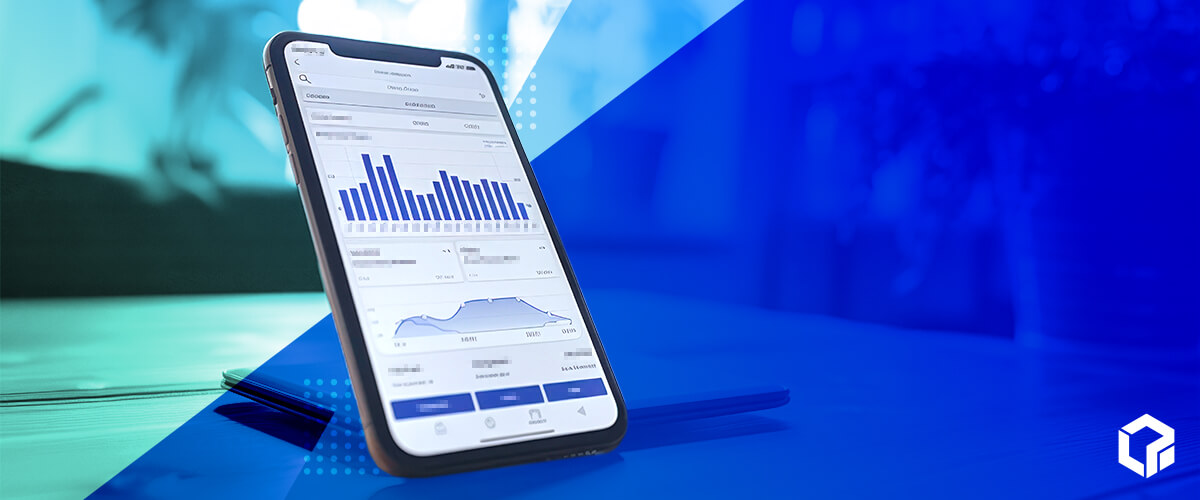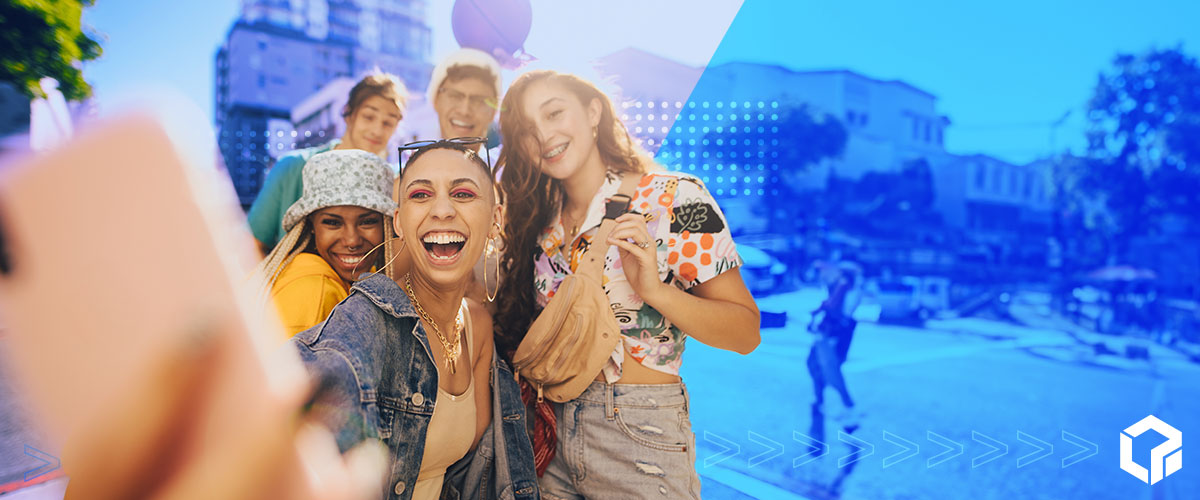Not sure if social ads are necessary for your business to thrive? To start, there’s virtually limitless growth opportunity for brands on Facebook and Instagram. Over 2 billion people use Facebook each month, and more than 500 million people use Instagram each day. Ready to get your business in front of them?
Why Invest in Social Media Advertising?
Unlike Google Ads, where users search for a product or service, Facebook and Instagram ads bring the product or service to them. So, if you don’t yet have a huge social presence or if you have a new-to-market product, this is where your exposure to new customers can explode.
While paid social ads do achieve direct sales, social advertising’s specialty is the ability to generate brand awareness through prospecting ads, which will significantly increase your overall conversions across various channels. While prospecting ads bring brand exposure, remarking ads are there to drive conversions.
How To Make the Facebook Pixel Work for You
The truth is, the path to conversion is no longer linear, especially when people utilize both mobile and desktop devices to consume content. One benefit of social advertising is the ability to track user actions on your website as well as across various devices using the coveted Facebook pixel.
But, do you really need the pixel? Yes – here’s why.
![]()
What is the Facebook Pixel?
The Facebook pixel is a piece of code placed on a website that collects user actions to measure the effectiveness of ad campaigns. The most common actions the Facebook pixel tracks are landing page visits, product views, add-to-cart clicks and conversion events. You can leverage this information to create remarketing audiences, as well as custom targeted audiences for prospecting (more about this later). In short, the pixel lets you know who’s coming to your site and what they’re doing there. It’s the data you need to create campaigns that will lead to the long-term success of your Facebook advertising strategy. But, how do you know what action to take from the pixel data – or even how to interpret it?
How Does the Facebook Pixel Work?
The Facebook pixel has advanced tracking and reporting capabilities that can be used to strategically implement a series of campaigns with individual goals that cohesively work together to push prospects farther down the funnel to convert. For any business we partner with, we require installation of the Facebook pixel before we even begin to build or launch campaigns. We rely on the data collected by the pixel to inform our decision on budget allocation across remarketing audiences, in addition to using that data to create prospecting audiences.
The Facebook pixel starts collecting data on your website visitors as soon as it’s installed, even if there are no active Facebook or Instagram campaigns. Audiences created using the Facebook pixel data perform better when they have more data sources on their customers, so installing the pixel is always a top priority when getting started.
Now, let’s dive into the different types of social advertising campaigns and their roles within this wholistic marketing approach.
How To Setup Campaigns to Optimize Your Sales Funnel
Start by segmenting campaigns by three main categories of audiences: prospecting, remarketing and life-time value. While campaign structure will vary by company, these three campaign types are the most commonly utilized due to their effectiveness at achieving account-wide goals.
1. Prospecting
Prospecting campaigns are responsible for generating brand awareness and driving new traffic to the website. You can target new audiences using interest-based and demographic targeting, as well as custom audiences that are populated utilizing the Facebook pixel data.
2. Life-Time Value
Life-time value audiences are leveraged when a brand has a history of repeat purchasers. This campaign type is not always necessary, but it is effective for brands that offer numerous different products, run seasonal promotions, or release new products often. Using the Facebook pixel, you can create audiences of past purchasers to target or upload customer email lists of past purchasers to Business Manager. You can also target Facebook page followers or people who engaged with your Instagram account.
3. Remarketing
Remarketing campaigns generate consistent awareness by targeting non-converting website visitors. The Facebook pixel can track website visitors from all marketing channels. Even if a user visited the website from another channel, such as Google or YouTube, this user can still fall into our remarketing targeting if they are simultaneously logged into Facebook or Instagram.
Start by creating audiences based on the actions users took on the website, and then segment those audiences by their level of intent. For example, your audience segmentation could be an ad set of website visitors who added products to their cart within the last 3 days, alongside another ad set with people who viewed products within the last 3 days but didn’t add anything to their shopping cart. Budget is allocated across these different ad sets based on audience size, level of intent and the return on ad spend performance.
What About Dynamic Ads?
For e-commerce websites, product catalogs can be uploaded to the Facebook advertising platform and used for dynamic remarketing ads. Dynamic remarketing ads display ads that contain images of the exact products the website visitor viewed or added to their cart. These ads are highly effective at generating conversions since they showcase product images that are tailored to the specific person.
Do You Still Need To Post Organically?
Yes! It is still essential for you to invest time in maintaining a strong social presence.
Paid social ads often generate engagement; such as likes, comments, and post shares. It is common for people to ask questions directly on our ads about certain products or the company. It is important for the brand to engage with these potential consumers by responding to these comments. In addition, many people will click through ads to visit your Facebook or Instagram accounts rather than go to the website. In order to establish a reputable brand in our current digital age, you should maintain a strong identity by posting often on your social accounts.

Even if a business is not running social ads, it is crucial for a brand to have an organic presence on social. People utilize these social platforms to connect with their friends and family, but they also use them to connect with their favorite brands. In fact, 80% of people follow a business on Instagram and two in three people surveyed said Instagram is a place that enables interaction with brands. Facebook and Instagram provide the opportunity to reach new audiences, but they also provide the opportunity for companies to establish and maintain brand loyalty.
So, now that you know how to harness the power of Facebook Ads, are you ready to dive in and drive brand awareness, turn website visitors into converters, and keep your audience coming back for more? With Facebook the possibilities and growth opportunities are endless – because with tools like the Facebook Pixel you can go beyond a one-time transaction and build a brand following. You can go from one purchaser to dozens of lookalikes. You can explore new audiences and find out exactly who’s picking up what you’re putting down. Your ads will act as banners for your brand and market research for your business. With the creative possibilities and targeting capabilities, you have the ability to expose your brand like never before. So, bring on the likes, shares, and comments, because with Facebook you can always have more.




